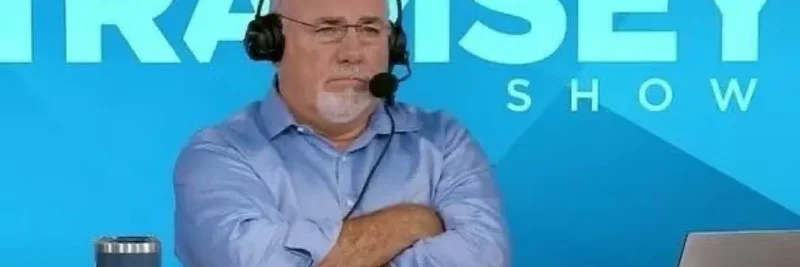If you've been scrolling through Crypto Twitter lately, you might've stumbled upon a hilarious take on how crypto projects hype their numbers. It all started with a tweet from @mattytay, co-founder of Colosseum and former Solana team member, that perfectly captures the absurdity of extrapolating early success into massive annual figures.
The tweet, posted on October 9, 2025, reads: "So you launched your crypto product last week and made $1 million in trading fees." "Yes, Dave." "And you're claiming your ARR is now $52 million?" "That's right." Accompanied by an image of financial guru Dave Ramsey looking utterly unimpressed, it's a spot-on satire of the crypto world's optimism.
Breaking Down the Joke
For those not deep in finance lingo, ARR stands for Annual Recurring Revenue. It's a metric commonly used in SaaS (Software as a Service) businesses to predict yearly income based on subscriptions. In crypto, though, projects like decentralized exchanges or protocols often generate fees from trading or other activities. The punchline here? Taking one week's earnings—$1 million—and multiplying by 52 weeks to claim a $52 million ARR. It's funny because it's true; many crypto ventures do this to attract investors, even if the revenue isn't truly "recurring" or sustainable.
This kind of "crypto math," as one reply called it, is undefeated in hyping up projects. But Dave Ramsey, known for his no-nonsense advice on personal finance—like avoiding debt and building wealth steadily—would probably call it out as risky speculation. The meme flips the script, imagining Ramsey grilling a crypto founder on his show.
Community Reactions and the Meme Coin Spin
The tweet quickly gained traction, racking up over 2,700 views, 48 likes, and sparking a flurry of replies. One user, @tomjohn1028, quipped "Annual Random Revenue," while @DAHHEADBOY laughed, "Crypto math undefeated lol." Others chimed in with laughs and agreements, highlighting how relatable the exaggeration is in the blockchain space.
But crypto being crypto, it didn't stop at laughs. Enter @YesDaveMeme, the official account for the "Yes, Dave" viral trend. They replied with their own twist: "so you're followed by @a1lon9 " "yes, $dave " "and you're using my meme format?" "that is correct $dave " "so you're gonna ape $dave coin?" "yes, $dave "" followed by a Solana contract address: A2PFjdspYedc7F8EDQAgCAjN7DnggajfVBNQqyurpump.
This looks like a quick launch on Pump.fun, Solana's popular platform for creating and trading meme coins with ease. Pump.fun lets anyone deploy a token in minutes, often riding on viral moments just like this. The $DAVE token taps into the "Yes, Dave" meme, which seems to play on affirmative responses in a Ramsey-style dialogue, turning financial advice into meme fodder.
Another reply from @sonbright5 shared a Pepe the Frog version of Ramsey, adding to the meme layering that's so common in crypto communities.
Why This Matters for Meme Tokens
At Meme Insider, we track how these viral moments fuel the meme coin ecosystem. Memes like this one aren't just for laughs—they often birth tokens that capture community energy. $DAVE joins a long line of Solana-based memes, where low barriers to entry mean anyone can "ape in" (crypto slang for jumping into an investment impulsively).
But a word of caution: While fun, meme coins are highly volatile. They're driven by hype, not fundamentals, and can rug (crash) as fast as they pump. If you're intrigued, check out the original tweet and do your own research—DYOR, as we say.
This Dave Ramsey meme reminds us why crypto is equal parts innovation and entertainment. Stay tuned for more breakdowns on trending tokens and blockchain laughs!



